Curriculum of Equality
One group can only stay silent for so long in oppression before they rise up against their oppressors. An event we have seen play out thousands of times throughout history.
One of which is now occurring within Grandview.
Student representatives from Student Equity met with teachers on March 1st to discuss the lack of minority representation throughout the school’s cirriculum.
“There are just a ton of issues in all departments,” said senior, Kayla Espinosa.
Student representatives relied on both personal experiences and general stories to recall the negative impact of the curriculum on minorities.
“Like in history, it is mainly the white community being represented,” said Espinosa.
While some representation may be present for minority groups, it is usually only in a negative light.
“I think that just across the board, and in all classes, like other black people… most minorities just struggle,” said senior, Jasmine Jeffries.
Not only is the white representation disproportionate to that of minorities, but some groups are not being accurately portrayed in their modern existence.
“I am Native American, and with my experience it has been that you learn about Native Americans as kind of a historic group of people,” said senior, Hadlie Bird Bear. “There is no representation that we exist as normal people today.”
When minorities are represented in history classes, it is mostly through the hardships that those groups faced.
“I just feel especially in social studies classes, minorities are only represented as being through struggles, or only going through hardships,” said Espinosa.
It goes beyond just the errors in outdated history textbooks and teachings.
“In English, you know the curriculum is especially being talked about because [of] the kind of books and materials that are still being used,” said Espinosa. “Like Huckleberry Finn, that’s a giant one.”
Other minority groups, such as the LGBTQ+ community, are simply asking for even the slightest bit of representation within the school’s curriculum.
“I am a gay man and I have never heard a single mention of queer history in any class that I have ever been in, said junior, Logan Decker. “Queer history is very important to gender relations specically, so I think that does need better of a focus.”
After the students voiced their concerns, the teachers responded with their own changes that they want to make in the classroom to make the curriculum more inclusive.
“I am trying to incorporate more voices just in general that are not white,” said CP and AP World History teacher, Mrs. Taylor.
Students also cited their own experiences of positive representation in the classroom.
“I have had both Mrs. Bjork and Mrs. Vanwarmer, and I think I have seen both of them make efforts towards actually changing their books,” said Decker. “They did actually remove Huckleberry Finn.”
Jeffries also agreed.
“I can say for Mrs. Vanwormer’s class, last year I definitely saw the effort,” said Jeffries. “If she didn’t know something as far as what was appropriate, how to address people, she would literally ask us.”
The World Language Department also commented on their own changes to incorporate more culture into their lessons.
“In all our level 4 classes, we focus more on culture, and linguistic differences between countries and dialects,” said Spanish teacher, Mrs. Jauregui.
Multiple teachers also commented on their own personal bias, and their wish to continue to expand the amount of perspectives that they include in the classroom.
“I think that there is this bias that we have, this mindset that we have,” said Mrs. Smith. “So, I feel as a teacher, I know I am definitely not there yet, but I am really trying to embrace those other perspectives.”
Business teacher, Mr. Baird also commented on his own personal experience from his time in school.
“I can just tell you from personal experience as a person of color, it was life changing for me to find out what my people did in history and my true story, not told by other people, but by our people,” said Baird. “It was really helpful to me as a human being.”
While the teachers want to continue incorporating more minority representation in their courses, they must also grapple with their own fears.
“Getting into these more diverse waters is going to have a lot white pushback, and a lot of white cis pushback,” said Taylor. “That is something that we have to be brave enough to do.”
Teachers also advocated students to be vocal about their concerns.
“Our role as teachers is not to be the sage on the stage, our role is to continue to learn,” said Jauregui. “You have a great deal to teach all of us.”
Students then voiced their concerns, speaking with a teacher either privately or in a group setting about their concerns with minority representation.
“I just find it is a lot more comfortable going straight to the teacher cause you don’t want to deal with other people’s judgements about what you are thinking,” said Espinosa.
The students also acknowledged how, even though the change to the curriculum will be slow, it is still an active occurrence.
“We are not going to be able to change these curriculums overnight,” said Jeffries. “[It is important] how we teach the things that we have to at this point, cause these are the things we can see move a little bit right now.”
As the meeting drew to a close and the topics were reviewed, one simple message radiated through the entire body of student representatives.
“We have been catering to the white, cis community in our district for so long,” said Espinosa.
As the conversation finished, an overwhelmingly positive agreement came over all that were in attendance.
We still have a long way to go in order to represent minorities positively in the school curriculum, a change that cannot occur without the help from everyone.
Grandview must unite on this issue, as it is the only way to take steps towards making everyone feel heard, seen, and represented positively within these walls.


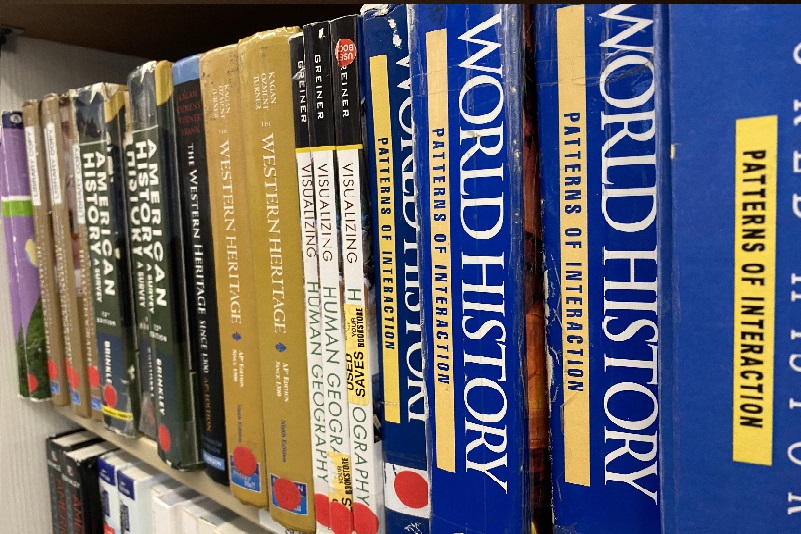
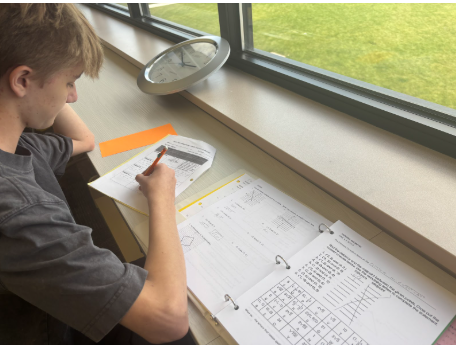
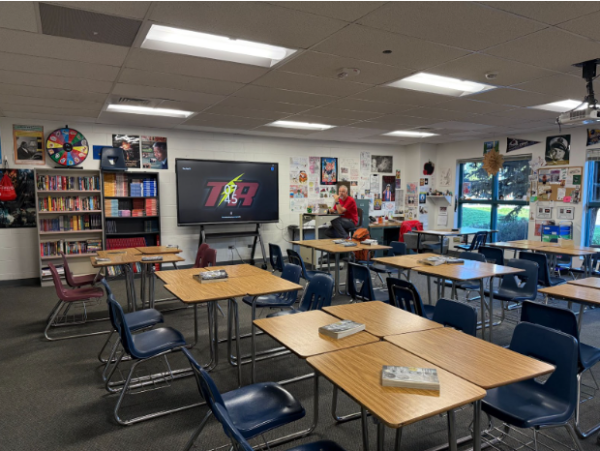
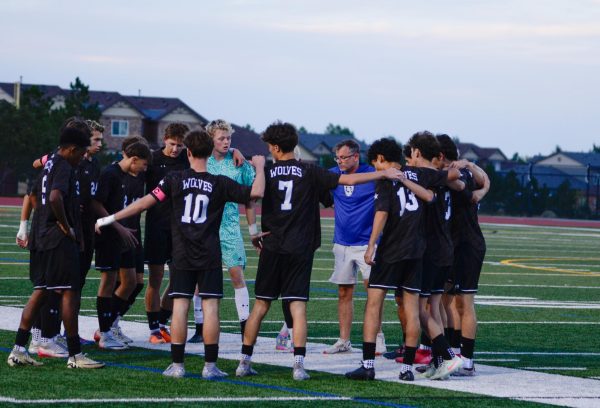

![A Vest Won’t Protect You [OPINION]](https://ghschronicle.com/wp-content/uploads/2025/09/KoltonZuckerVestPosterOffWhite-450x600.png)
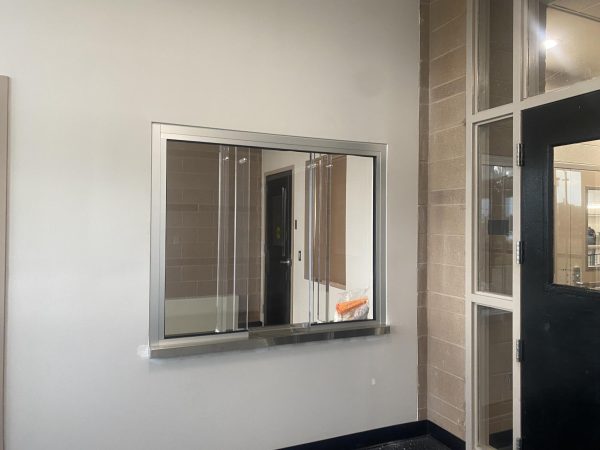
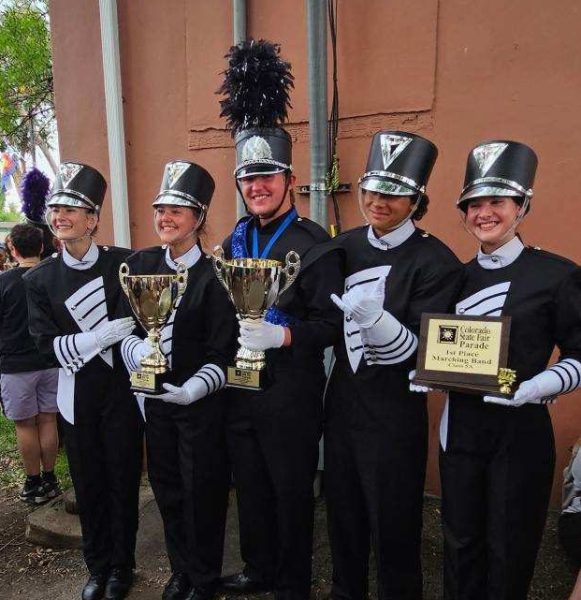
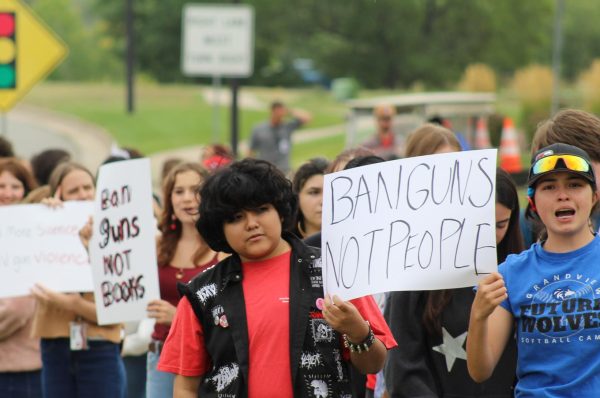
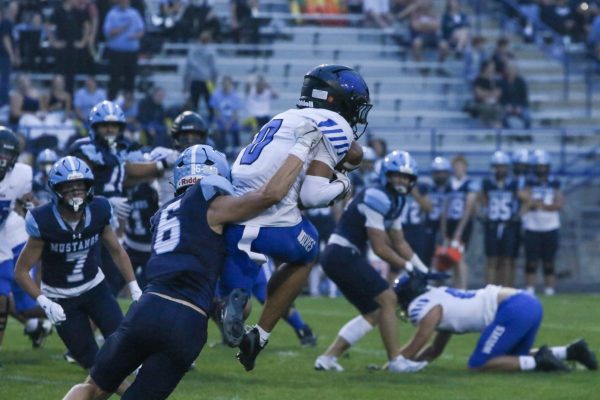

Maya Epstein • Mar 10, 2021 at 6:26 pm
Yay! This is so important!!!